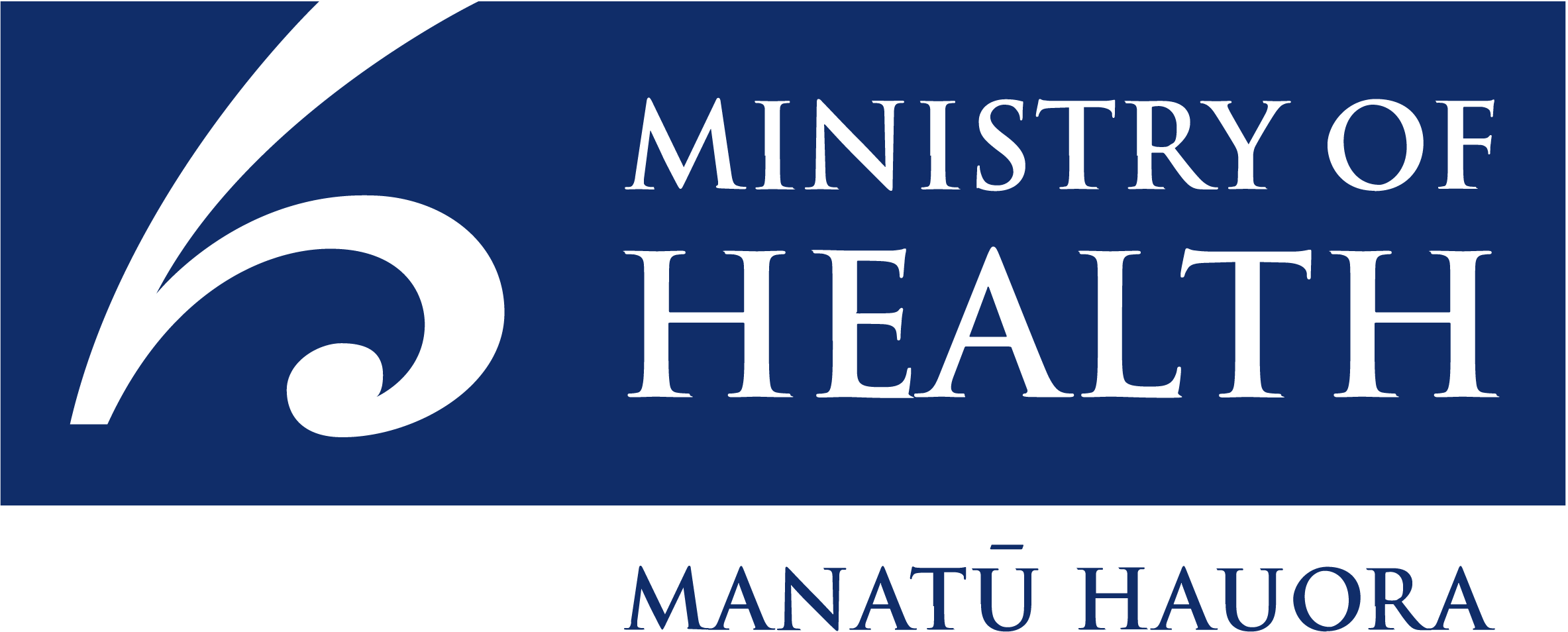Proposal to clarify how nicotine levels for vaping products are expressed in the Smokefree Environments and Regulated Products Regulations 2021
Overview
Manatū Hauora is seeking feedback on the way that the nicotine strength for reusable vaping products containing nicotine salts is expressed in the Smokefree Environments and Regulated Products Regulations 2021. This proposal only applies to reusable vaping products. Levels of nicotine in disposable vaping products have already been agreed.
22 June 2023: We have received queries from some stakeholders seeking further information on some aspects of the consultation. Read the Response to consultation queries (Word, 484 KB) or (PDF, 114 KB)
Have your say
Background
Manatū Hauora is aware of some confusion regarding the interpretation of clause 15 of Schedule 5 of the Regulations relating to vaping products. This clause states that the strength of nicotine salt in a vaping substance must not exceed 50mg/mL.
The confusion arises because nicotine ‘strength’ levels for products containing nicotine salts can be described in two ways. It could describe the concentration of the nicotine salt in a vaping substance, OR the concentration of freebase nicotine in a vaping substance.
We propose to amend the wording of the regulations to always refer to the maximum nicotine concentration of a vaping product, rather than the maximum permitted nicotine salt concentration.
For reusable vaping products that contain nicotine salts, we propose setting the maximum allowable nicotine concentration at 28.5mg/mL.
The table below demonstrates the maximum concentrations for nicotine in different vaping substances. This proposal considers the lower right-hand cell of the table, that is the concentration for products that are reusable and contain nicotine salts. Nicotine levels in disposable vapes are excluded as they have already been consulted on.
|
Reusable product type |
Nicotine concentration |
|
Products containing freebase nicotine |
20mg/mL (existing requirement, no change proposed) |
|
Products containing nicotine salts |
28.5mg/mL |
This approach is aligned with the purposes of the Act, to provide for the regulation of notifiable products in a way that seeks to minimise harm, especially harm to young people and children by making sure that products don’t have excessive levels of nicotine, which is the addictive substance in vaping products.
It is important the regulations around vaping products are accessible and easily understood by the public, especially industry and users of products. Regulating the strength of nicotine rather than nicotine salt will be easier for people to understand and cross check against the labelling on products. However, retaining a 50mg/ml level for nicotine strength (rather than nicotine salt strength) would mean that vaping products with significantly high levels of nicotine could be sold in New Zealand, increasing the risk of nicotine addiction.
While vapes can only be legally sold to people aged 18 years and older, the last few years have seen a rapid increase in under 18 year-olds using vapes. The estimated percentage of 14-15 year-olds, for example, who are vaping daily is currently 10.1%. Daily vaping is more likely to indicate possible addiction to nicotine.
Vaping rates are highest for Māori 14-15 year-olds, and Māori girls in particular (25.2% daily vaping in 2022). While the trend for youth is currently toward using disposable vapes, at least half still used reusable vapes of some kind (tank or cartridge) in 2022. This proposed change will extend protection to all youth from the highest levels of nicotine, which will reduce the likelihood of them becoming addicted.
How to provide feedback
You can provide feedback on this targeted consultation using this online tool. Consultation closes at 5pm Monday 26 June.
Please note that your submission may be published on the Manatū Hauora website or requested under the Official Information Act 1982. If you consider that there are good reasons to withhold your submission, please clearly indicate these in your submission.
Please also note that New Zealand has an obligation under Article 5.3 of the Framework Convention on Tobacco Control (FCTC) when ‘setting and implementing public health policies with respect to tobacco control… to protect these policies from the commercial and other vested interests of the tobacco industry.’ We expect to receive feedback from companies in this industry, and will consider this feedback. To help us to meet our obligations we ask all respondents to disclose whether they have any direct or indirect links to, or receive funding from, the tobacco industry.
Audiences
- Public health decision makers
Interests
- Vaping
